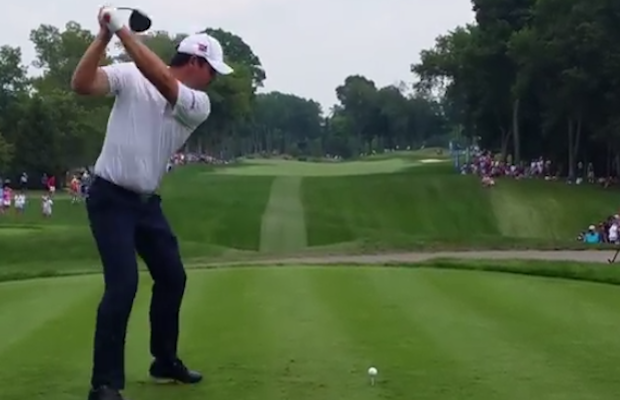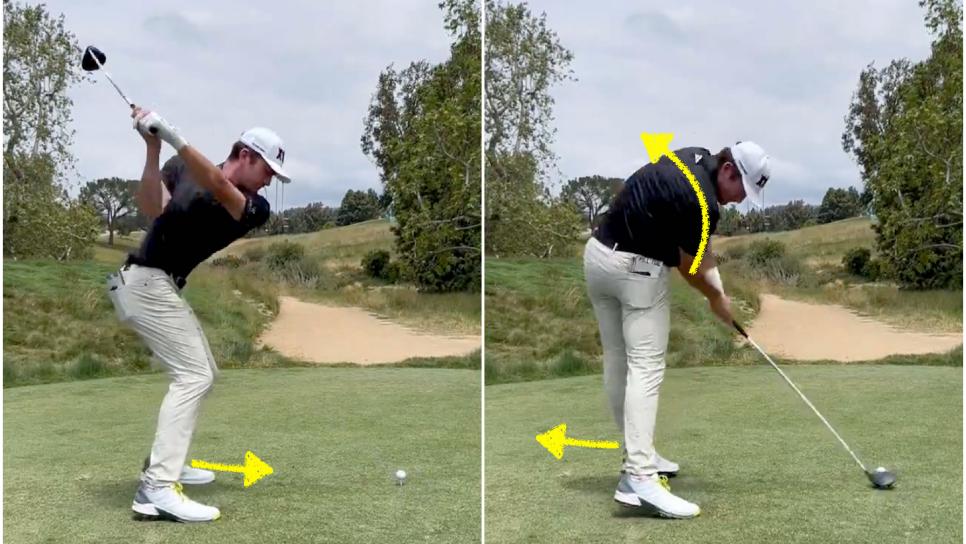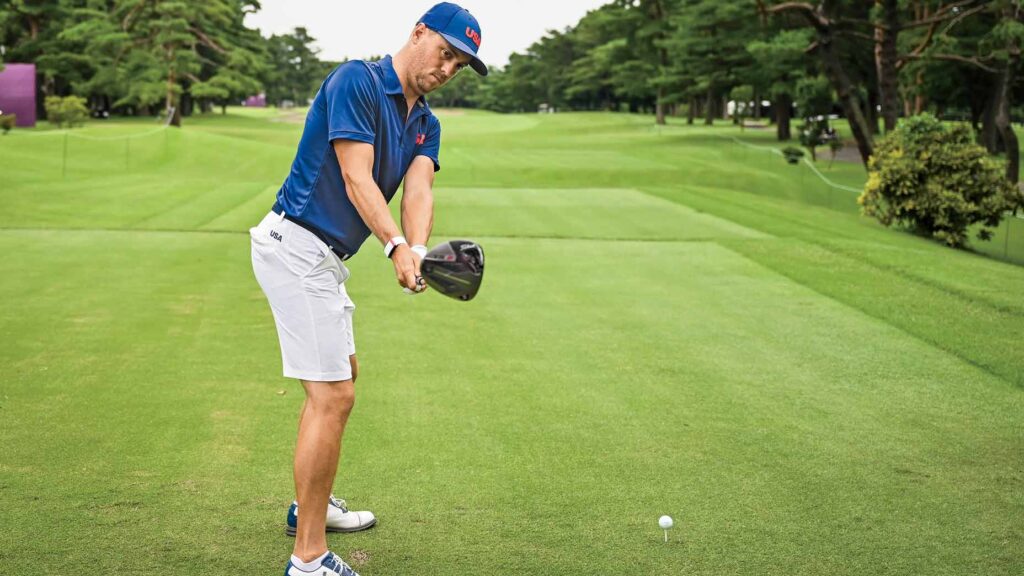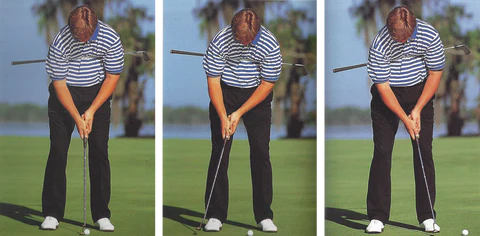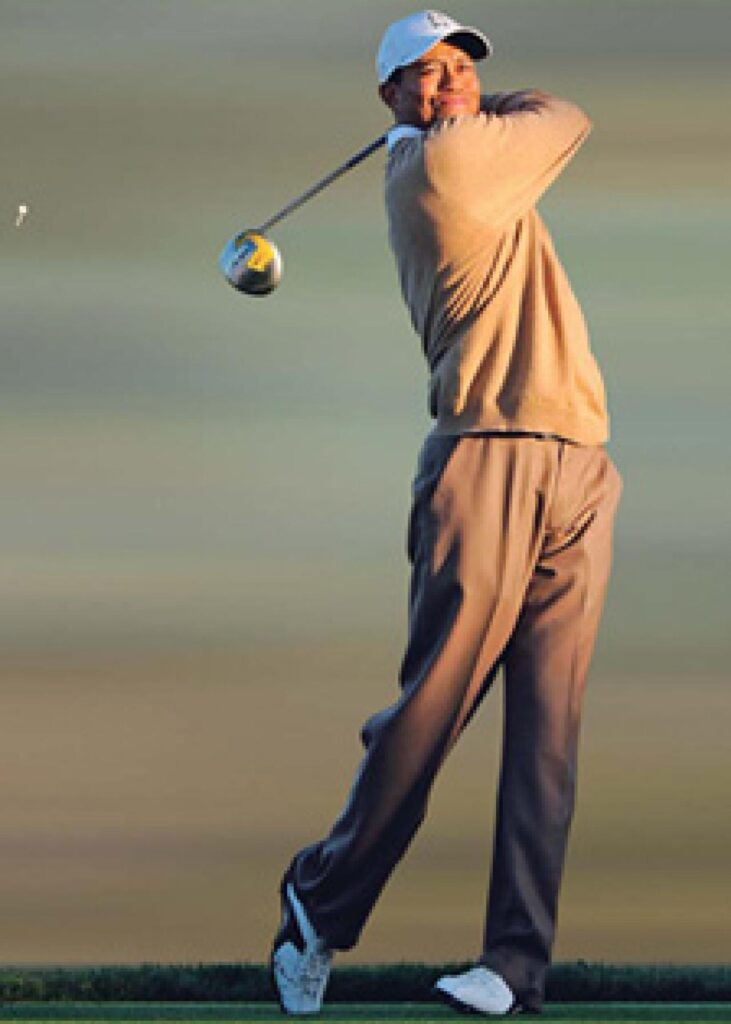The pros never fear a sand trap and you need the same confidence as they do. You just need a technique that will guarantee that you can get out of a deep sand trap. Too many golfers panic and sway back in their stance as they prepare for a killer swing to get out of any bunker. Too often they top the ball or hit deep into the sand and then prepare for their next shot out of the same trap. Sound like you?
There really are 3 types of sand traps.
1/ Fairway Traps with a long flat bottom and a low lip can be played with any iron, hybrid or fairway wood as long as you have extra loft on your club to clear the lip of the trap. CAUTION: Dig your feet down for stability and then choke down on your club about the same depth. With your shortened length on your club you have to plan on hitting a shorter distance.
2/ Shallow Lipped Traps next to the green can be played with any lofted club (like a 9 iron). Just use a putting grip and stroke to exit the green and with enough power to roll out to the hole. Make sure that you determine the break on the green before you swing as you should be attempting to sink your chip shot. To minimize hitting sand with your ball, move forward to the ball in your stance and plan to hit the ball with the toe of your more upright club.
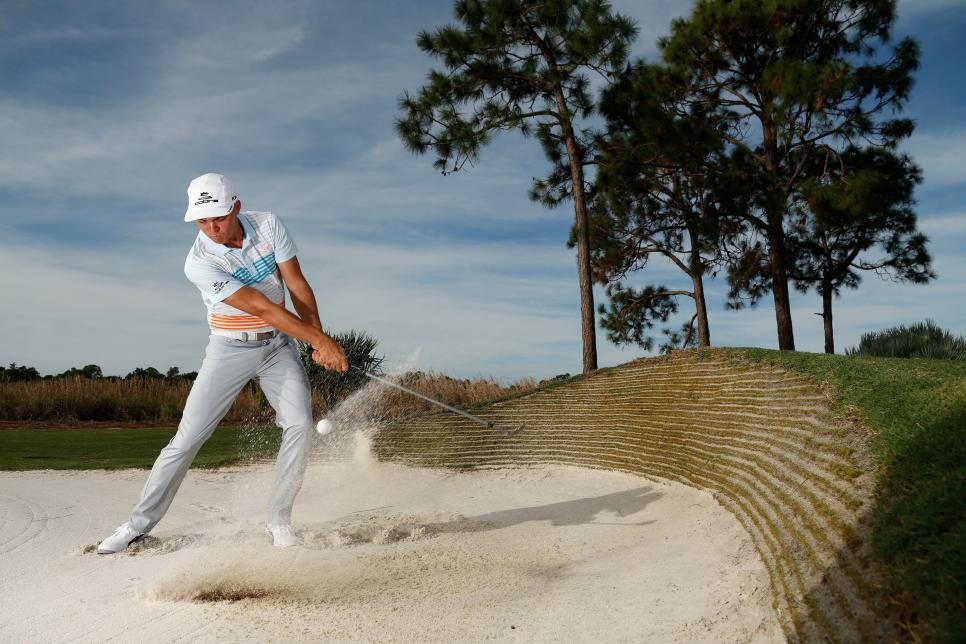
3/ High Lipped Traps: Setup with the ball centered in your 10-to-20-degree open stance and wider than normal stance. Short Game professional, Parker McLachlin said that your club face should be “dramatically open” so that the leading edge of your sand wedge will enter the sand and bounce as it lifts your ball on a carpet of sand. Your wider stance will lower your club handle and allow you to make a more aggressive swing.
Practice by laying a tee in the sand pointing up your target line directly after your ball. Swing with enough force to fly the ball, sand and tee to the green. Just increase your back swing distance and speed to increase the distance that you want to release your ball in the air.
You can also practice your sand shots using your GOLFSTR+ on your leading elbow as a reminder to eliminate any bend which will shorten your swing diameter in your backswing and your downswing. Buy one today at www.GOLFSTR.com


